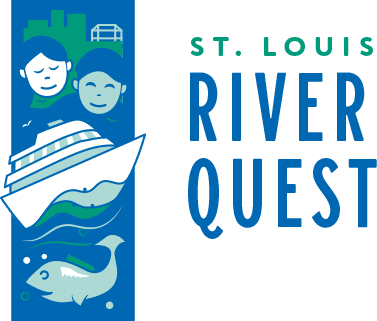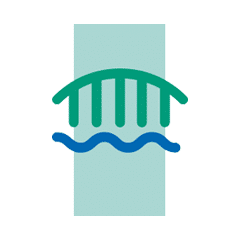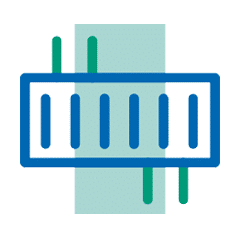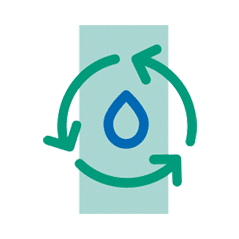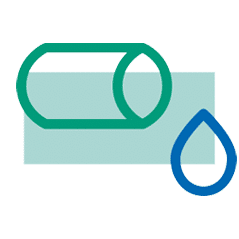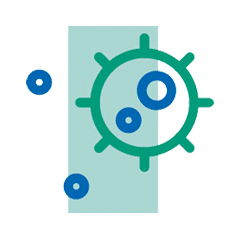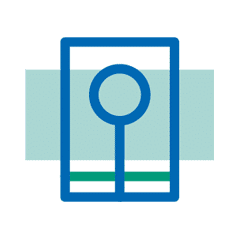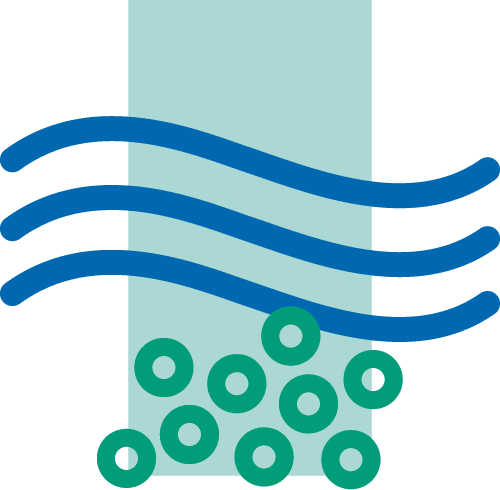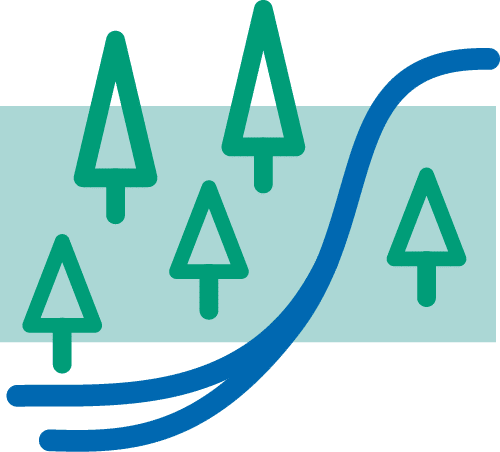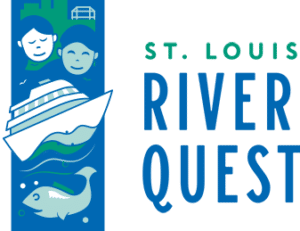MN Science Standard 6.2.3.2.1 Energy Next Generation (WI) MS-ETS1-4 Engineering Design
A baseball sitting on a shelf doesn’t burn your catcher’s mitt, does it? How would that catcher’s mitt feel if it had to stop a ball from the Minnesota Twins’ pitcher. A bicycle slowly peddled is easy to stop, right? How much brake would it take to stop a racing bike?
It’s all about the energy of speed. The faster something is going, the more energy it has and the harder it is to stop.
Weight is also a factor in stopping an object’s motion. Water is a real heavy-weight, coming in at 8.3 pounds per gallon! Little energy is required to stop the flow of pond water. If a pond’s flood gates were opened and the water began to flow, that same water would be harder to stop.
People have long captured the energy of moving water with spinning wheels for grinding grain or wood. In 1880, people in the United States began to spin turbines with moving water to create electricity for lighting.
How does water power work? Water is directed downhill in large flow lines where it speeds toward the powerhouse. Inside the powerhouse, the water is directed through pipes called penstocks which deliver water to water wheels called turbines. The water forces the turbines to spin, and, because the turbines are connected to electrical generators, electricity is created.
The Thomson Dam on the St. Louis River was built in 1907 to create a large pond of water for use in generating electricity. Today, Thomson Hydro is Minnesota’s largest producer of hydro energy. When running at full power, the station has the ability to light up 700,000 100-watt light bulbs!
That’s Water Power and that’s Minnesota’s home-grown Hydro-Electric Generation!
